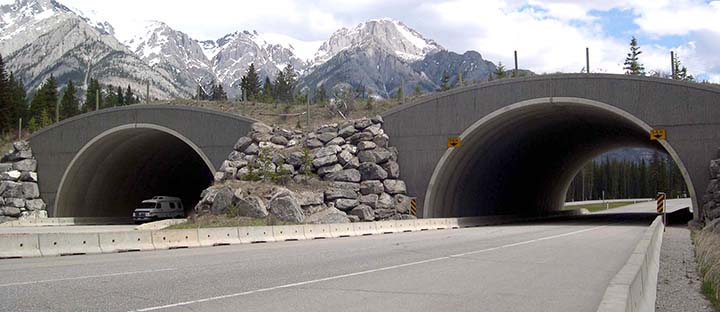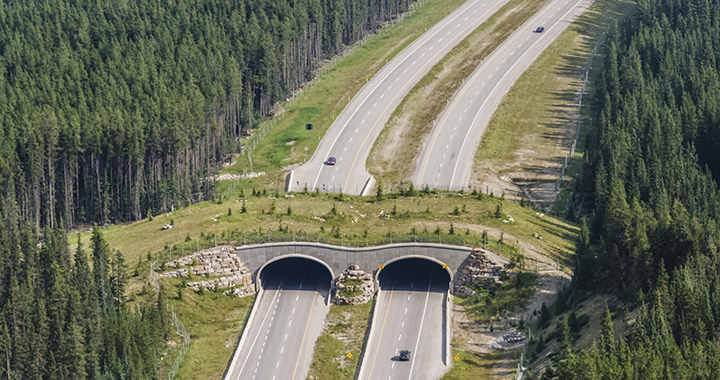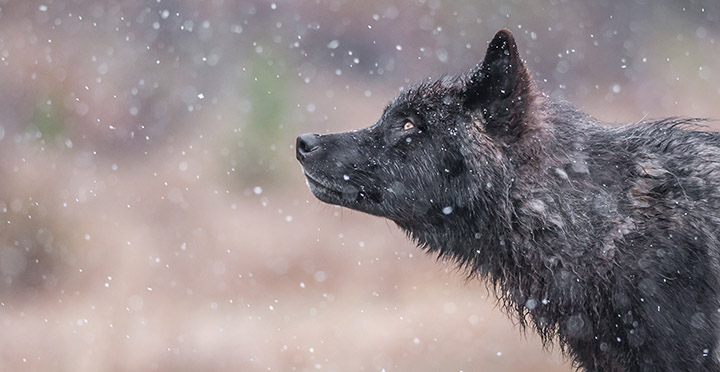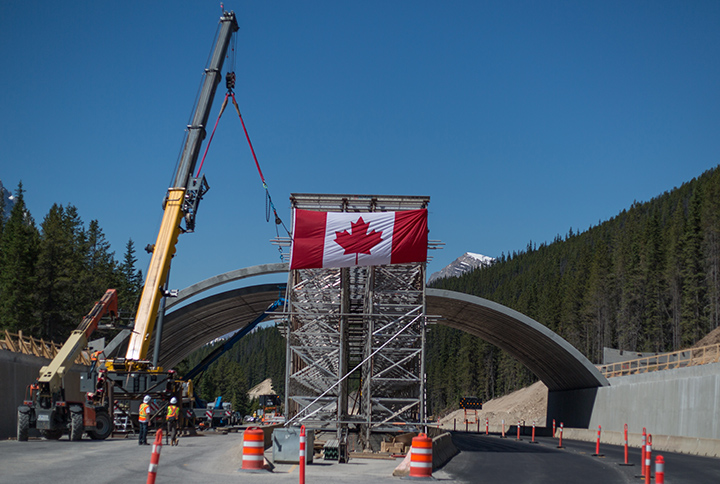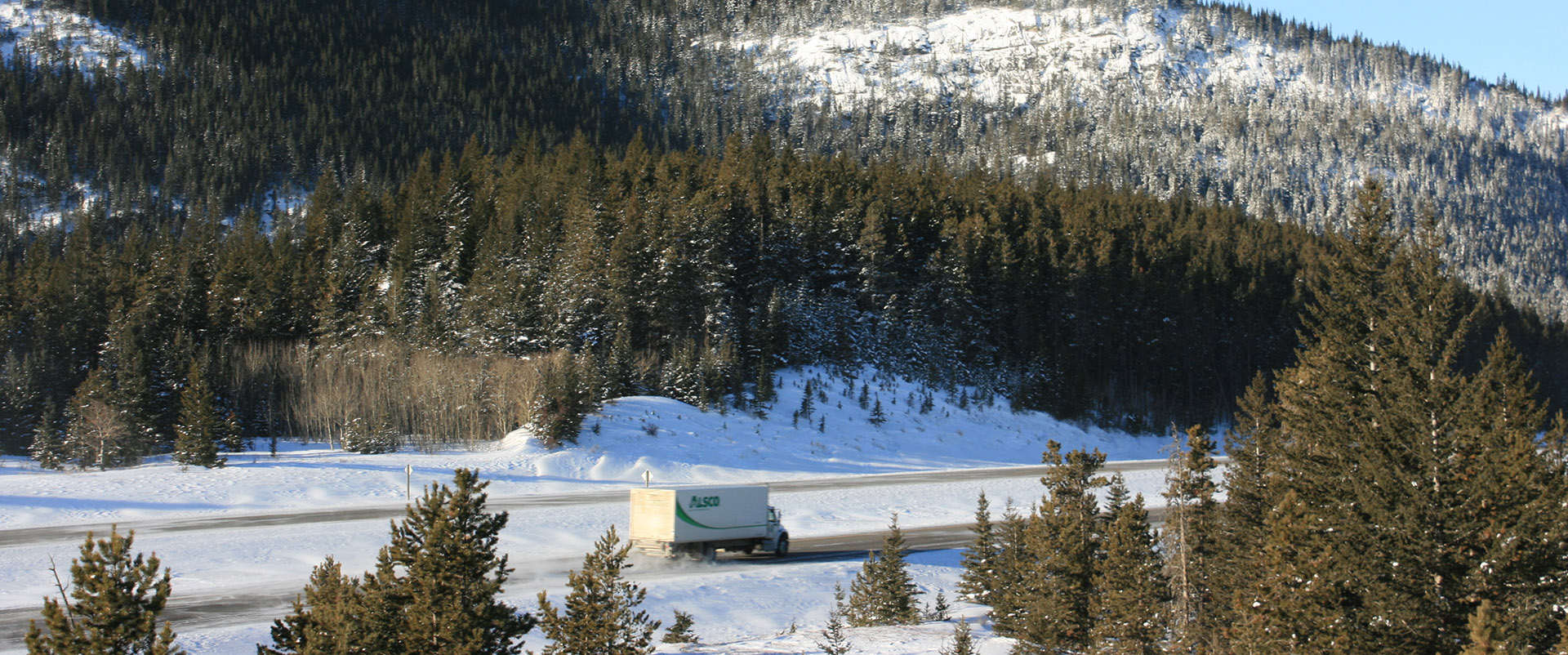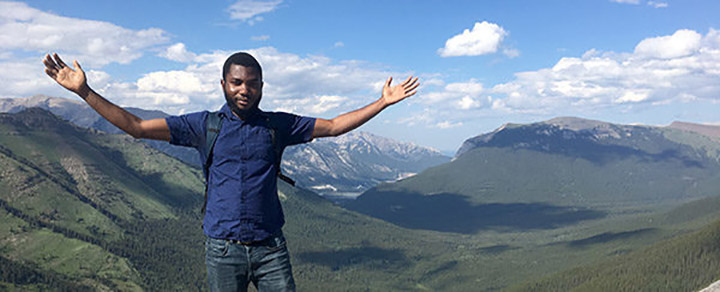Banff National Park in Alberta, Canada is the world’s longest and most consistent effort to monitor wildlife use of highway crossing structures.
The busy Trans-Canada Highway cuts east-west across the park, making it difficult for wildlife to travel north-south through the Rocky Mountains.
When the highway was upgraded in the 1980’s from a single two-lane road to a four-lane divided highway, it became increasingly busy and escalating vehicle-wildlife collisions threatened the safety of both humans and wildlife.
In the summer this highway sees more than 34,000 vehicles per day, translating to one car passing every two seconds. Without safe crossing places the impact on wildlife and human safety would be disastrous.
To improve safety and increase wildlife mobility, Y2Y and other groups supported the construction of wildlife crossings along the highway. Fencing along the highway was also installed to keep animals off the roads and direct them towards the safe crossings.
Today there are six overpasses and 38 underpasses between east gate of Banff National Park and British Columbia (B.C.)-Alberta border — the highest concentration of wildlife crossing structures for any single stretch of highway anywhere in the world.
In the summer of 2017 an overpass and fencing was built in Yoho National Park.
A 17-year study of the effectiveness of these wildlife-crossing structures has confirmed 152,154 crossings by 11 different species including grizzly and black bears, wolves, coyotes, cougars, moose, elk, deer, bighorn sheep, and more recently, wolverine. Most importantly, mortality rates on the highway have dropped by more than 80 per cent thanks to these structures.
Banff’s success has inspired the addition of similar initiatives around the world and in particular throughout the Yellowstone to Yukon landscape.
These projects include Montana’s Highway 93 and Highway 93 south through B.C.’s Kootenay National Park.
There are now 177 wildlife under- and overpasses with fencing across the Yellowstone to Yukon region. They help species as large as grizzly bears and elk to those as small as western toads cross safely.
This is a success story not just for wildlife, but for safer roads for people, too.
